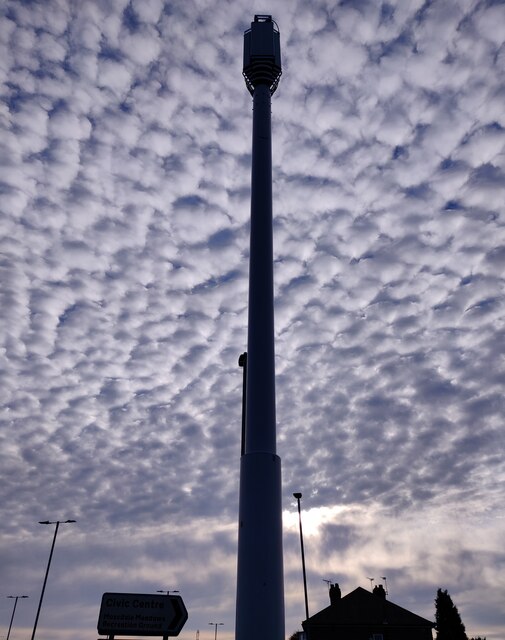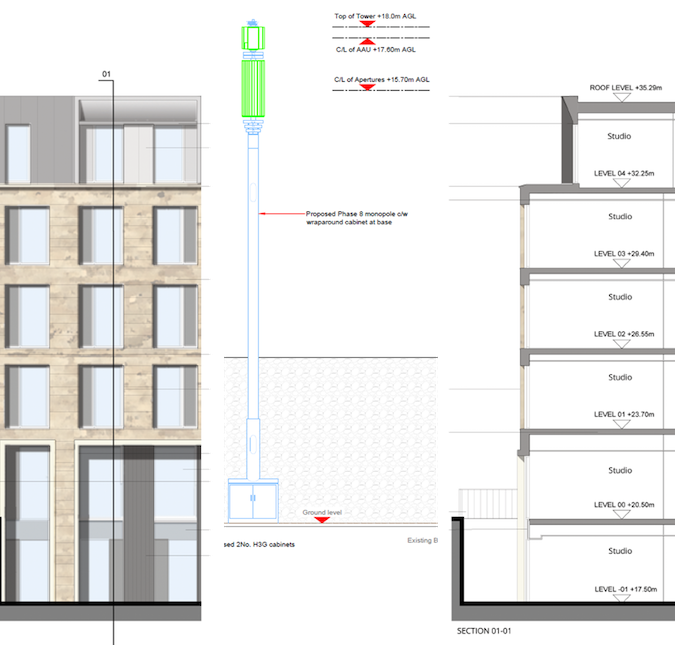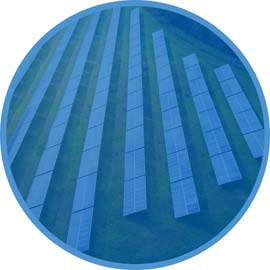Introduction
Developer Watkin Jones wanted to ensure that a planned 5G communications mast was moved so that residents of its proposed new Edinburgh development could not be affected by emissions. Pager Power assessed the potential impacts and provided advice that ensured the proposed mast has not been built in its original location.
Background
Proposed Development – Student Accommodation – Edinburgh
There is a proposed four floor development comprising student and residential accommodation, called Iona Street, in Edinburgh. The planning application 20/00972/FUL was submitted to the local planning authority (LPA), Edinburgh City Council, on 27 February 2020. On 1 October 2020 the City Council decided in favour of the application.
Proposed Communications Mast Iona Street
In parallel with the proposed student accommodation planning process planning permission was given, initially in July 2020, for a new 5G telecommunications mast immediately adjacent to the proposed student accommodation. The proposed mast was to be operated by Hutchison 3G providing 3G, 4G and 5G mobile telephony and data services. The operating frequencies and maximum transmitted power levels were not defined in the planning submission for the mast. The proposed mast was to be operated under one or more UK licences issued to its operator by Ofcom, the national telecommunications regulator.
The Challenge
The developer of the student accommodation, Watkin Jones Limited, was concerned that electromagnetic emissions from the communications mast would have an adverse impact, or perceived adverse impact, on the health of the occupants of the Student Accommodation.
The Process
Pager Power undertook an assessment to determine whether the building occupants would be likely to be exposed to harmful radiation; whether the Mast should have been approved by the LPA and whether there may be a better location for the 5G Mast.
The Solution
Safe levels of radiation are advised by ICNIRP (International Commission on Non-Ionizing Radiation Protection) in its guidelines dated March 2020. These ICNIRP levels have been adopted by Public Health England and the Scottish Government.
For an individual in the vicinity of a transmitter the level of radiation depends on the transmitter power, the individual’s distance from the transmitter, the number of radio transmitters on the mast and the directional characteristics of the antenna.
Managing Public Exposure
Upcoming changes in Ofcom’s licencing rules mean that mast operators will be obliged to ensure that mast transmissions will not result in the public being exposed to emissions that exceed ICNIRP limits.
ICNIRP Certificate
The planning submission for the mast included an ICNIRP certificate which has been accepted as proof that ICNIRP guideline limits for the general public.
Planning Considerations
It is highly unlikely that planning permission for the proposed mast would have been awarded had the proposed development been taken into account. This is because the ICNIRP certificate may not have been issued and other more suitable sites would have been identified.
As part of the development process for the proposed mast seven potential mast locations were identified. The only selection criterion cited for evaluating the seven sites was distance from residential property.
When these alternate locations were re-evaluated taking the proposed student accommodation into account it was clear that a number of the alternate sites would have a lesser impact on human health than the location which received planning approval in July 2020.
Transmitter Power
The maximum power of the transmitters was not defined in the planning submission. For assessment purposes the maximum power can be determined by considering the maximum power permitted by the mast operator’s Ofcom licences to transmit.
Distance
The Mast location was on the north side of the proposed student accommodation. The image in figure 2 shows the relationship between the mast and the accommodation.
The Result
Pager Power’s assessment showed that occupants of the proposed development could be exposed to emissions that exceed national applicable levels specified by the ICNIRP.
In the event that the proposed development is built the ICNIRP certificate, it shows emissions from the proposed mast are safe will be invalid which will therefore make the mast planning approval invalid.
The mast developer assessed seven potential mast locations. A number of these locations were better than the approved location.
As a result of the work undertaken by Pager Power, the developers of the student accommodation and the 5G mast reached an agreement whereby the 5G mast would not be built adjacent to the student accommodation.

Figure 1: 5G telecommunications mast.

Figure 2: Indicative Elevations showing relative heights of Proposed Mast and Proposed Development.
How can we help you today?



THE SECTORS WE SERVE




